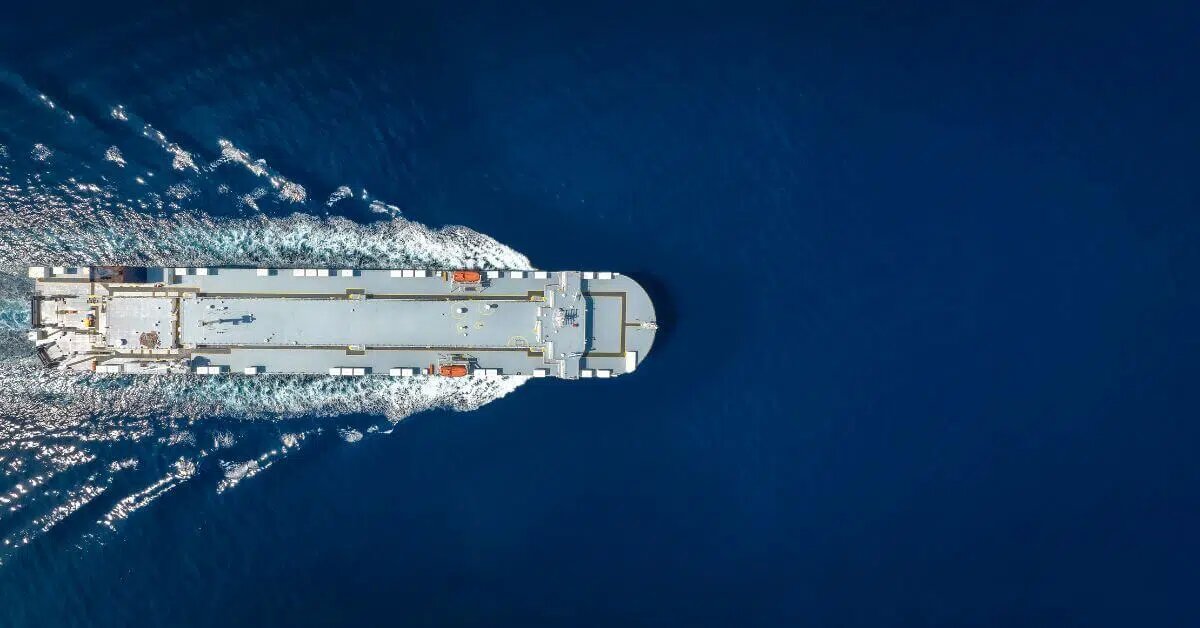Supported by the wind energy industry and associations active in the field, WindEurope has proposed a ‘New Offshore Wind Deal for Europe’ that would see governments make significant commitments in return for large-scale cost reduction
The aim of the new deal for offshore wind is to speed up and de-risk the build-out of homegrown and competitive offshore wind energy. The proposal calls on European Governments to auction at least 100 GW of new offshore wind in the period 2031-2040, using two-sided Contracts for Difference (CfDs), in return for which the industry will commit to further significant cost reduction.
The plan proposes that the offshore build-out should coordinated among European countries and distributed evenly over time. Visibility on volume and revenues from a stable pipeline of CfD auctions will help reduce costs and ensure offshore wind plays its role in delivering Europe’s energy objectives. In return, the industry is committing to reducing the cost of offshore wind by 30% by 2050.
In addition to calling for a commitment to 100 GW of new offshore wind capacity, the wind industry is calling on governments to plan commissioning deadlines for the 100 GW evenly, with 10 GW annually from 2031-2040 to create market predictability and allow for optimal supply chain utilisation and investments.
“Along with additional capacity backed by power purchase agreements, this will lay the foundation for a sustainable and competitive offshore wind industry to achieve 15 GW installations annually by the 2030s,” said WindEurope. “These priorities must be accompanied by broader measures to accelerate electrification, support energy-consuming industries’ competitiveness, and require a step-change in grid development and financing.
“Europe faces unprecedented challenges. It must address the weaponisation of energy and strengthen its energy security. It must strengthen its industrial competitiveness and make electricity more affordable. And it must stay the course on decarbonisation.”
“We need a partnership between industry and governments that enables effective build-out at scale to meet Europe’s needs for affordable, secure, and clean energy,” said WindEurope. “By working together, we can create the right conditions for a sustainable and competitive offshore wind sector that delivers long-term benefits for European citizens and businesses alike. The challenges are significant, but the opportunities are equally substantial. By acting together, we can ensure the lasting success of offshore wind and, in doing so, ensure Europe’s energy future.”
Behind the plan for the new deal is the recognition that although offshore wind has matured to become cost competitive with most power technologies, cost inflation, higher interest rates and higher uncertainty about the pace of electrification have increased risk and put pressure on business cases. This has created uncertainties in the supply chain and has caused bottlenecks. In some markets the situation is aggravated by the fact that auction schemes have led to very high concession payments.
“Governments initially responded to the energy crisis at the start of the Russian invasion of Ukraine by increasing ambitions for offshore wind drastically, and by turning the increased ambitions into auctions of large volumes of new projects relatively quickly,” said WindEurope. “However, project viability is declining because auction design does not always reflect the industry environment.
“As an industry, we have done a reality check, and we acknowledge that our previous ambitions and calls to action on speed and scale have been challenging to deliver on without the viable volume needed to unlock them. Uncertainties and risks are simply too high. There have been financial losses across leading players in the industry and there is low confidence from capital markets. What should have been a platform for accelerating offshore wind has instead led the industry into a negative spiral, which holds a real risk of stagnation and the possibility that projects will be cancelled, as in the US.
“Industry analysts agree that political targets for offshore wind for /2035 will not be met. In addition, analysts also assess that more than 20% of the European projects are at risk of being delayed /or cancelled, which will have detrimental consequences for not only the offshore wind industry, but for Europe’s energy future.”






